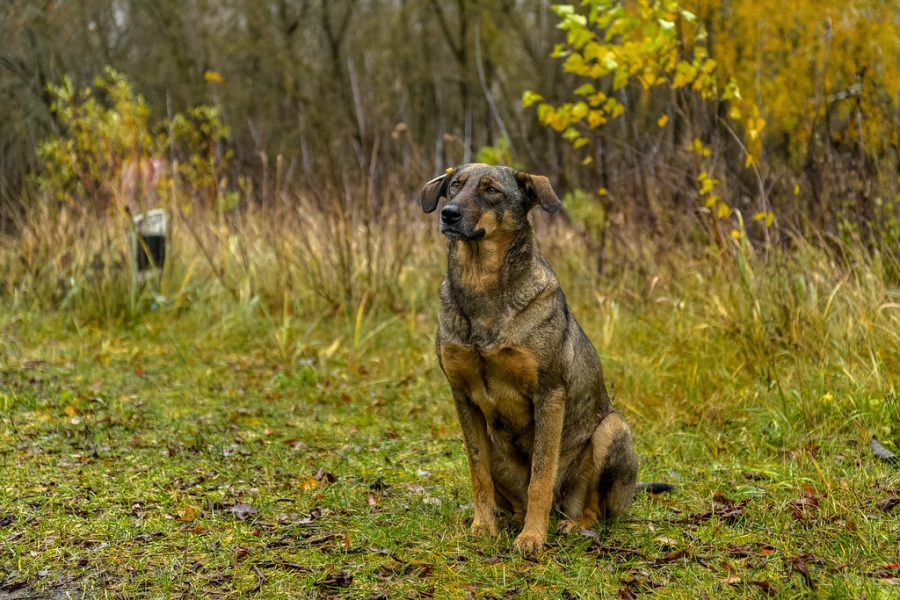Chernobyl’s Radioactive Dogs Could Offer New Opportunities on Radiation Research
On April 26, 1986, Reactor No. 4 at the Chernobyl Nuclear Power Plant exploded in Ukraine. Disasters on this level are not common, yet because of flawed Soviet reactor design and poor operation within the plant, the explosion killed 30 operators and firemen within a mere three months. The resulting explosions and fires burned for ten days, releasing vast quantities of cesium-137, iodine-131, and further radioactive substances across Ukraine, Belarus, Russia, and other parts of Europe. 350,000 people were evacuated from the city with 237 later diagnosed with Acute Radiation Syndrome.
The citizens were forced to leave their pets behind to prevent further contamination while Soviet soldiers shot any remaining pets they could find. 2,600 square kilometers around the plant, known as the Chernobyl Exclusion Zone, was demarcated to restrict human traffic. Despite the disaster, there are still hundreds of free-range dogs living around the site of the plant. They hang out in the city of Pripyat and remain friendly with the Chernobyl clean-up crew, guards, and workers in the area.
On March 3, 2023, a new study reported in Science Advances found that the dogs living around the nuclear power plant were genetically different from the dogs living closer to the city where radiation levels are lower. The study was a collaboration between several scientists in the US, Ukraine, and Poland, as well as the Clean Futures Fund, a non-profit based in the US that started the Dogs of Chernobyl Program in 2017 to help provide for abandoned dogs.
In the study, researchers “characterize the genetic structure of 302 dogs representing three free-roaming dog populations living within the power plant itself, as well as those 15 to 45 kilometers from the disaster site.” Around half of the dogs in the Exclusion Zone live in the immediate vicinity of the nuclear plant, while the other half resides in Chernobyl City around 9 miles (15 km) away. The 1986 explosion deposited isotope cesium-137 and iodine-131 at levels 10-400 times higher in the near vicinity of the power plant compared to Chernobyl.
DNA testing from the study suggested that “the individuals from the power plant and Chernobyl City are genetically distinct”. However, it is difficult to say whether the radiation was the exact cause of the mutations. Genetic changes may be caused by many different factors such as inbreeding or other pollutants, which makes it hard to pinpoint what caused the genetic differences. But it’s a good starting point for deeper research into the effects of radiation.
“We have so much to learn from these animals,” reported Elaine Ostrander, a geneticist at the US National Institutes of Health and co-author of the study, to the New York Times. Since humans and dogs have similar genetic profiles, the Chernobyl dogs could help scientists understand long-term exposure to radiation. Timothy Moussaue, a professor at the University of South Carolina and another co-author of the study, is asking questions such as how the radiation interacts with the dogs’ health in order to gain a deeper understanding of the impacts of the nuclear disaster.

Amy is a junior who is excited to be with the Harriton Banner for a second year! Outside of drawing graphics and writing articles, she’s a core member...


